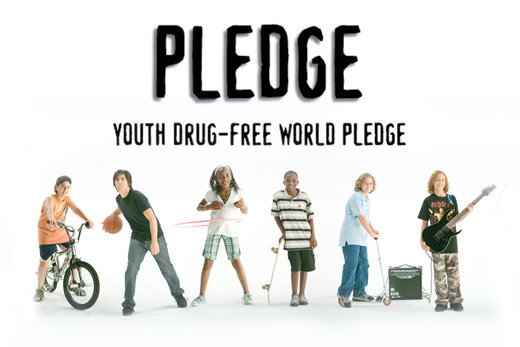Due to their potential for abuse and addiction, many prescription drugs have been categorized by the US Drug Enforcement Administration in the same category as opium or cocaine. These include Ritalin and Dexedrine (stimulants), and the painkillers OxyContin, Demerol and Roxanol.
Many illegal street drugs were at one time used or prescribed by doctors or psychiatrists but were later banned when the evidence of their harmful effects could no longer be ignored. Examples are heroin, cocaine, LSD, methamphetamine and Ecstasy.
Abuse of prescription drugs can be even riskier than the abuse of illegally manufactured drugs. The high potency of some of the synthetic (man-made) drugs available as prescription drugs creates a high overdose risk. This is particularly true of OxyContin and similar painkillers, where overdose deaths more than doubled over a five-year period.
Many people don’t realize that distributing or selling prescription drugs (other than by a doctor) is a form of drug dealing and as illegal as selling heroin or cocaine, with costly fines and jail time. When the drug dealing results in death or serious bodily injury, dealers can face life imprisonment.












